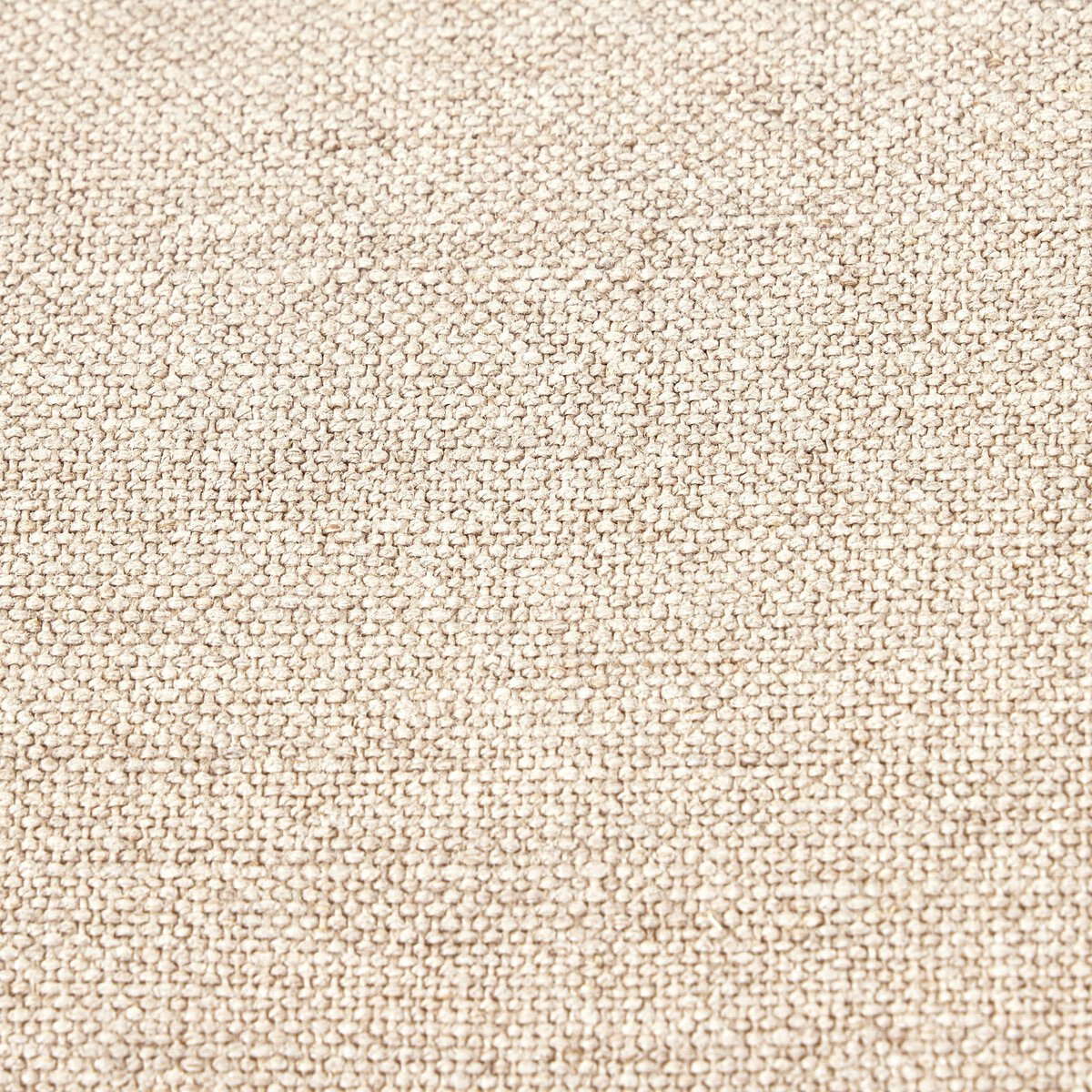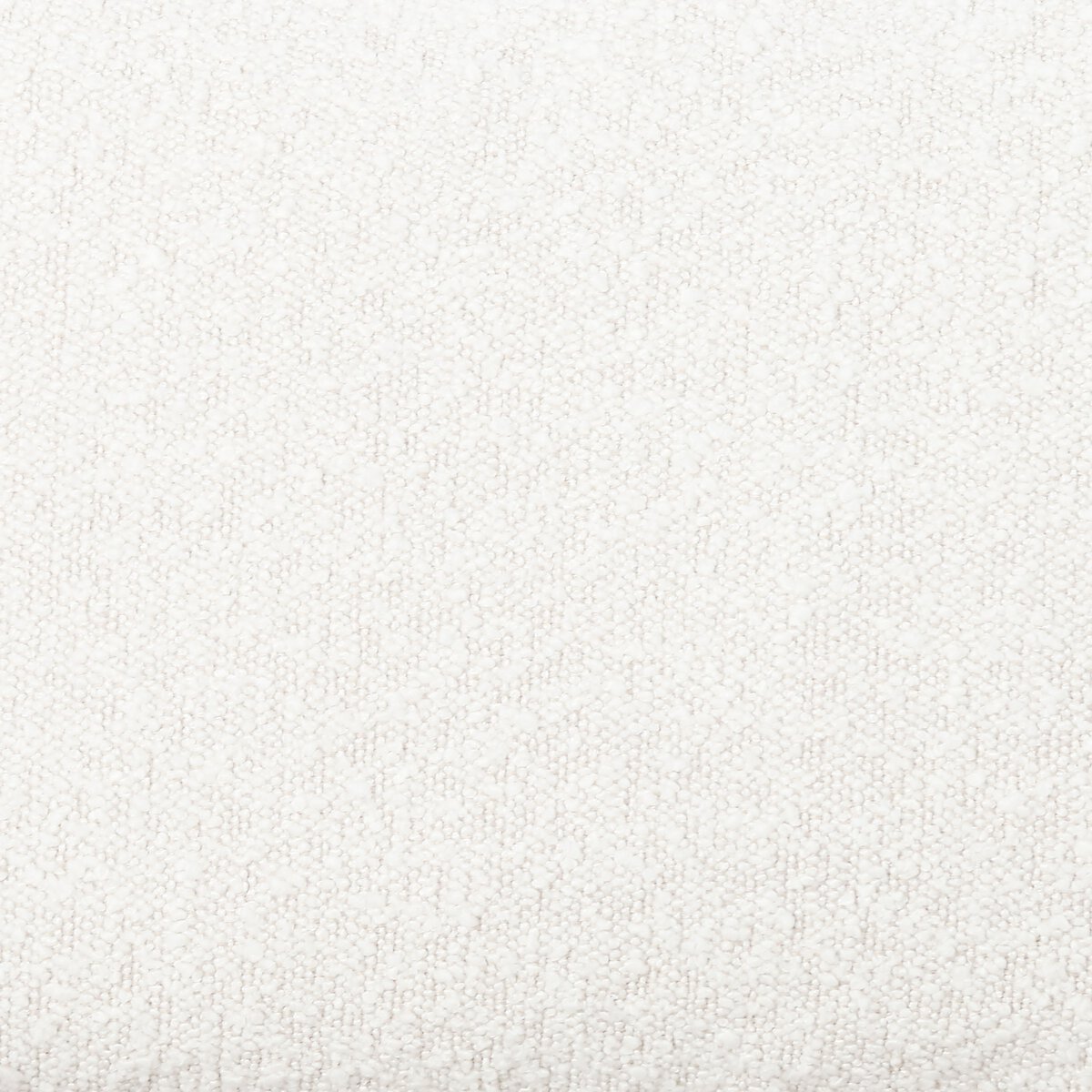Intentionally Breaking the Rules of Interior Design
When you’re first starting out as an interior designer, we all learned about the 60-30-10 rule, which is like a tried-and-tested formula for choosing a color palette for interior spaces. But, when you've been designing spaces for a living, you stop referencing formulas like you might when you're starting out because it becomes second nature to us. We just know when something feels right and when it feels boring or predictable.
What is the 60-30-10 rule?
As you probably guessed. according to this decorating rule, you should use 60% of a dominant color, 30% of a secondary color, and 10% of an accent shade when decorating a room. The goal being a space with a balance of tones and colors that complement each other to create a harmonious combo. Womp womp.
But, as a seasoned interior designer, I think breaking the rules is a surefire way to elevate your spaces because they will feel more original. Lately, we’ve been experimenting with a 70/20/10 concept, and even though it isn't a huge pivot, it's still a fun tweak on the standard formula… and we’re loving it! We’re basically just taking the existing ratio but exaggerating it for dramatic effect! So the dominant color is 70%, secondary color is 20% and an accent shade at 10%. Again, this isn’t like baking a cake and measuring the ingredients perfectly, we eyeball it and see what feels right.
Why are we experimenting with the 70-20-10 rule?
Mostly because we get bored with the same old designs! haha. This new ratio forces us to go outside of our comfort zone and rely on other elements to create visual interest, not just color. It’s a welcomed challenge!
How to achieve this alternative color palette ratio?
To have a single color make up 70% of a space is pretty dramatic and can be monotonous if not done right. For example, when a client wants a serene bedroom and opts for a neutral palette of earth tones, we give them what they ask for. We’ll drench the space with a single color in many different applications and textures. We’ll put it vertically on a wall with velvet drapery, and flat on the floor with a wool rug, and maybe a linen duvet cover on the bed, and a boucle accent chair, all in the same color. The different materials and patterns provide visual interest and creates a monochromatic vibe. The remaining 20% offers the eye a little relief and then the pop comes from a bold and unexpected contrasting color that takes the design to a new level.
What is the unexpected red trend?
The unexpected red trend echos this new formula and we love the sudden jolt of red in creative ways! With all the social media design content our eyes have become accustomed to the same ratios, so an unexpected pop of color is a reminder that we're living a human experience and we crave a dose of reality not just AI generated dreamscapes that lack soul. Yikes... I'm totally venting, sorry! Apparently I'm bored with the same old copy-paste and love being inspired to shake things up and think for myself whenever I witness people break the rules and try something unexpected. It's invigorating!
What’s an example of a color combination for a neutral space?
Right now we're designing a space for a client who really likes the organic modern aesthetic and there's a lot of travertine, sandtones, and mixed woods in the space... but as we're getting ready to style it for the photo shoot we noticed we're missing an element that says: we have a point of view... so after some brainstorming, we decided it needs a pop of lavendar to break up the monotony of the neutral palette, while still achieving the vibe the client asked us to create. That little 10% of color or contrast is the difference between our design looking like it came from a catalog and one that actually has a soul.









